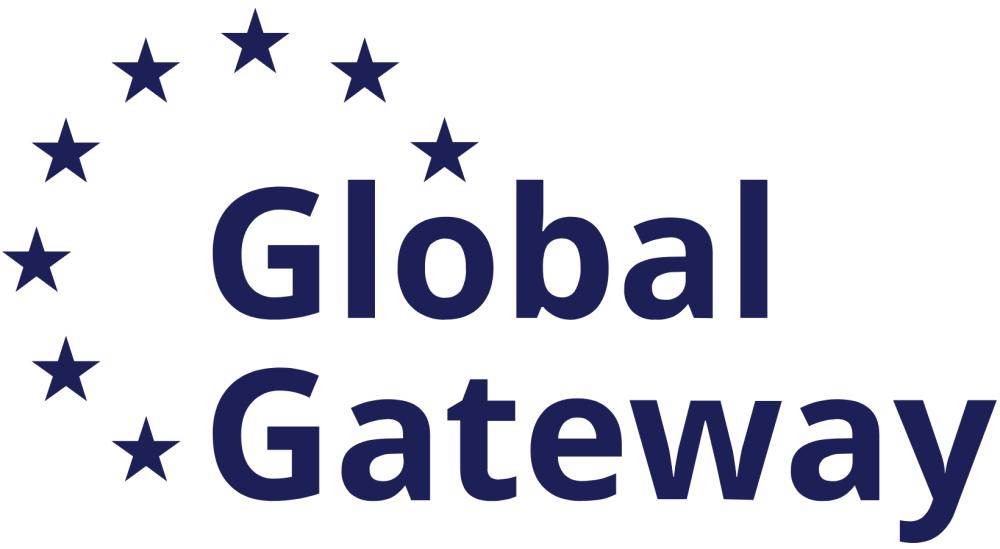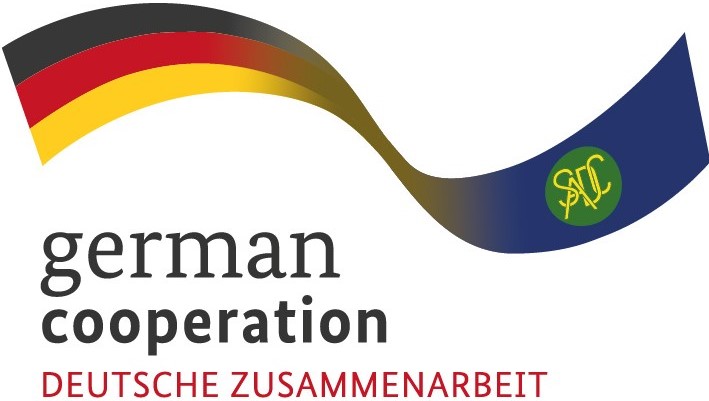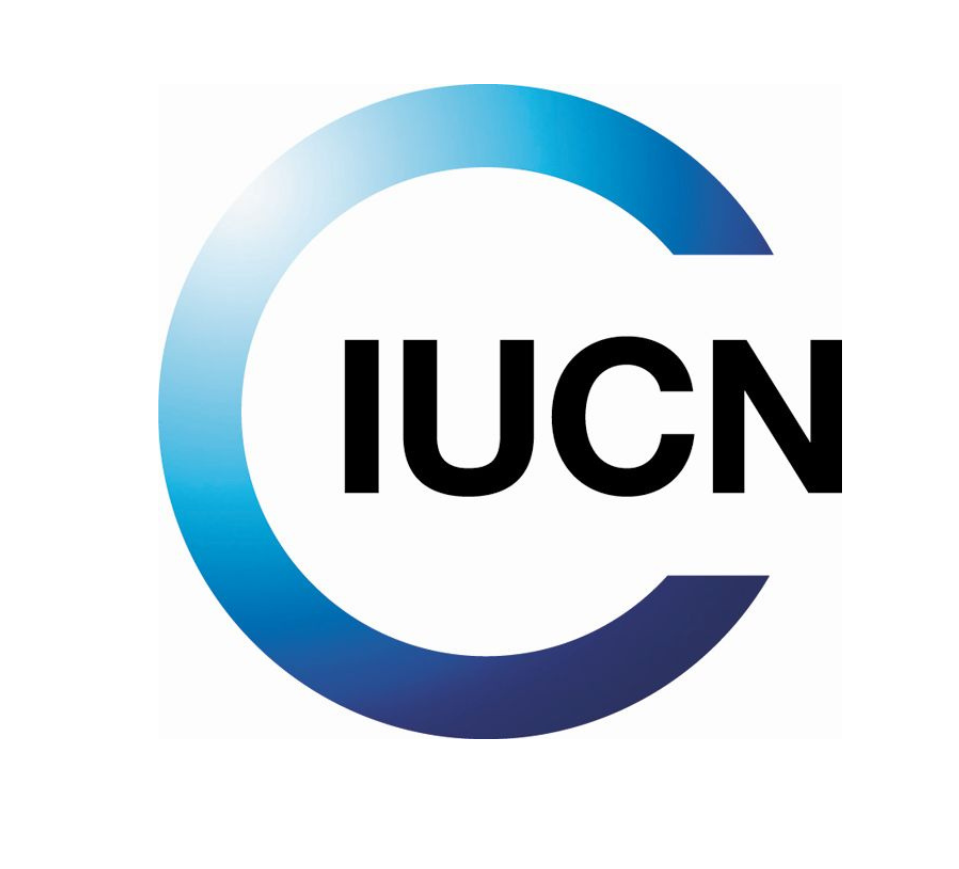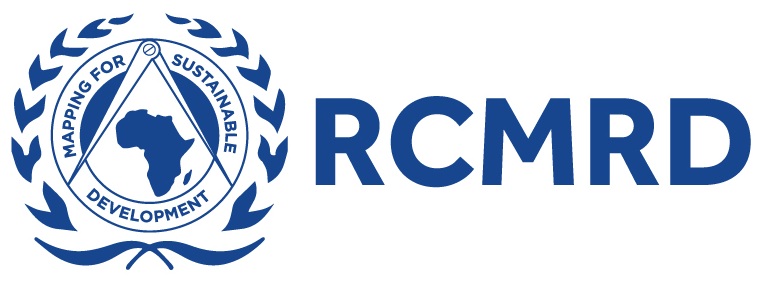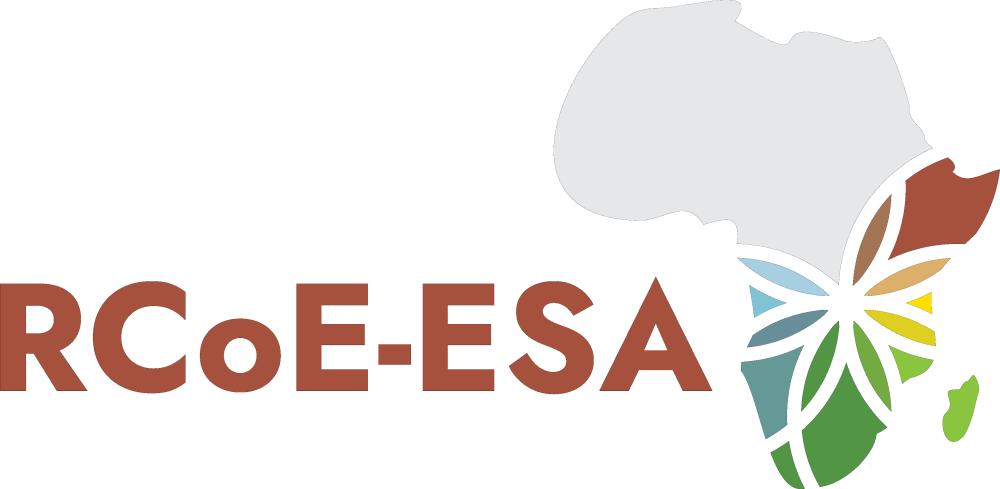 Translate
Translate
Resources
KAZA TFCA Master Integrated Development Plan
| Author: | KAZA TFCA |
| Language: | |
| Topic: | Community development |
| Type: | Strategy and guides |
| Last updated: | 15 May 2025 |
This is the Master Integrated Development Plan for the Kavango-Zambezi Transfrontier Conservation Area (KAZA TFCA). The Plan highlights the global relevance of transfrontier conservation areas in their ability to promote and maintain large-scale ecological processes.
By adopting such a unified approach, KAZA TFCA’s many stakeholders have the best chance of adapting to climate change, by linking protected areas,and by addressing the many challenges posed by incompatible land use and human encroachment.
The MASTER IDP is based upon analysis of the five National Integrated Development Plans and the major development needs of the KAZA TFCA. These development needs can be summarised as natural resource management, tourism development,
infrastructure development, integrated land use planning, livelihoods enhancement, and transboundary political cooperation. By applying geographic analysis to the KAZA TFCA, six Wildlife Dispersal Areas (WDA) have been identified and are discussed in detail in the MASTER IDP. Each of these WDAs creates essential links between adjacent land use types and across international boundaries. These six WDAs are in turn supported by two projects that have been designed for their applicability across the entire KAZA TFCA.
Kavango Zambezi Transfrontier Conservation Area
The KAZA TFCA is an initiative of the Governments of Angola, Botswana, Namibia, Zambia and Zimbabwe. It is
situated in the Okavango and Zambezi river basins where the borders of the five countries converge and, is one of
eighteen (18) TFCAs of the Southern African Development Community (SADC).
This document is the Master Integrated Development Plan for the KAZA TFCA. It provides the strategic direction
for development of the KAZA TFCA over the next five years and is based upon consultation of the five National
Integrated Development Plans and an analysis of the main development needs of the KAZA TFCA. These development needs have been identified as natural resource management, land use, tourism, livelihoods and, infrastructure.
Land Use and Natural Resource Management
Covering nearly 520,000 km2, the KAZA TFCA is the largest transfrontier conservation area in the world. The area comprises 20 National Parks, 85 Forest Reserves, 22 Conservancies, 11 Sanctuaries, 103 Wildlife Management Areas and 11 Game Management Areas. This gives a total of 371,394 km2 under some form of wildlife management, leaving 148,520 km2 for agricultural use including rangeland.
The huge variety of land uses presents a major challenge as adjacent areas often have conflicting and incompatible
uses. In addition, many of the areas suffer from outdated or non-existent information, which hampers planning and management.



